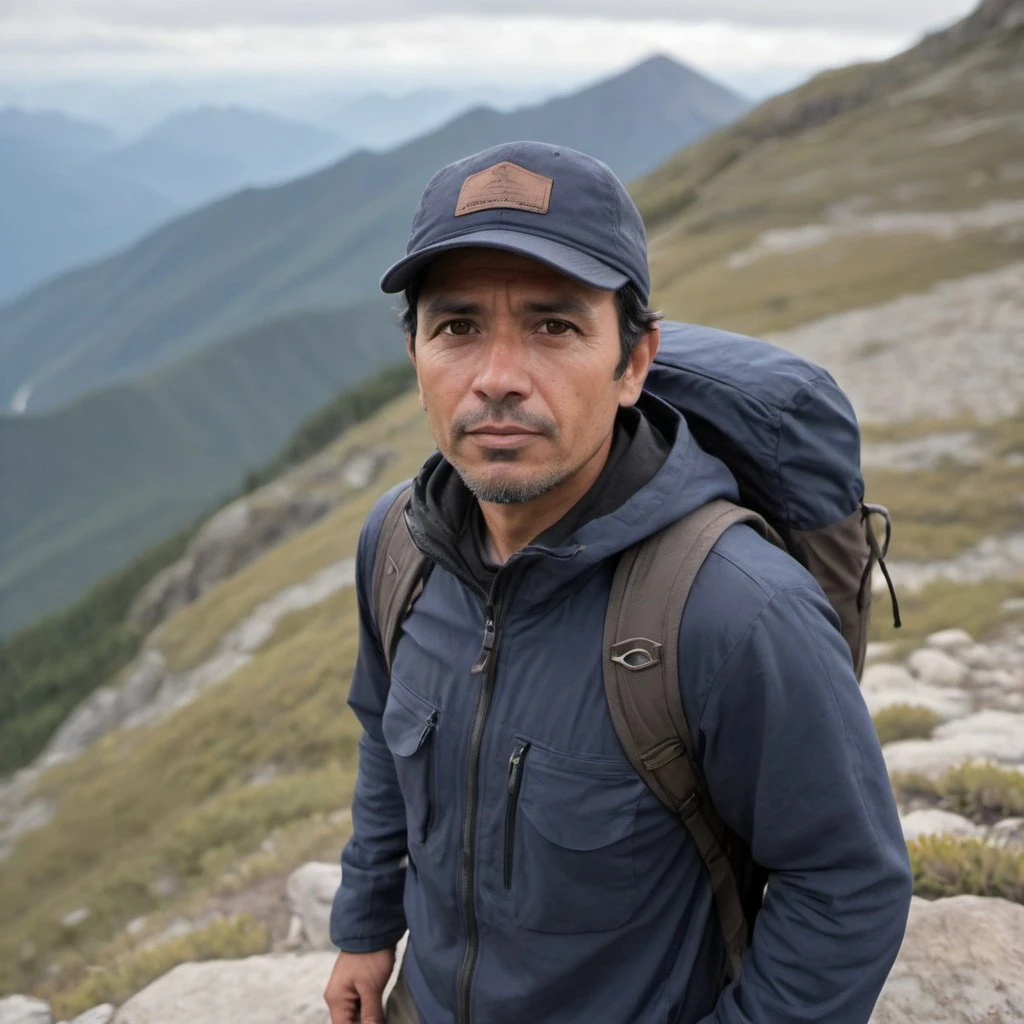From snow-capped mountains to multicultural cities, Canada is a country that captures the imagination in countless ways. But what is Canada really known for?
In this article, we’ll explore 35 unique charms that define Canada—from its natural wonders and iconic wildlife to cultural traditions, world-famous foods, and historic landmarks.
Whether you're planning a trip or simply curious about what makes Canada so special, this guide will give you a vivid look at the highlights that make the Great White North truly unforgettable.
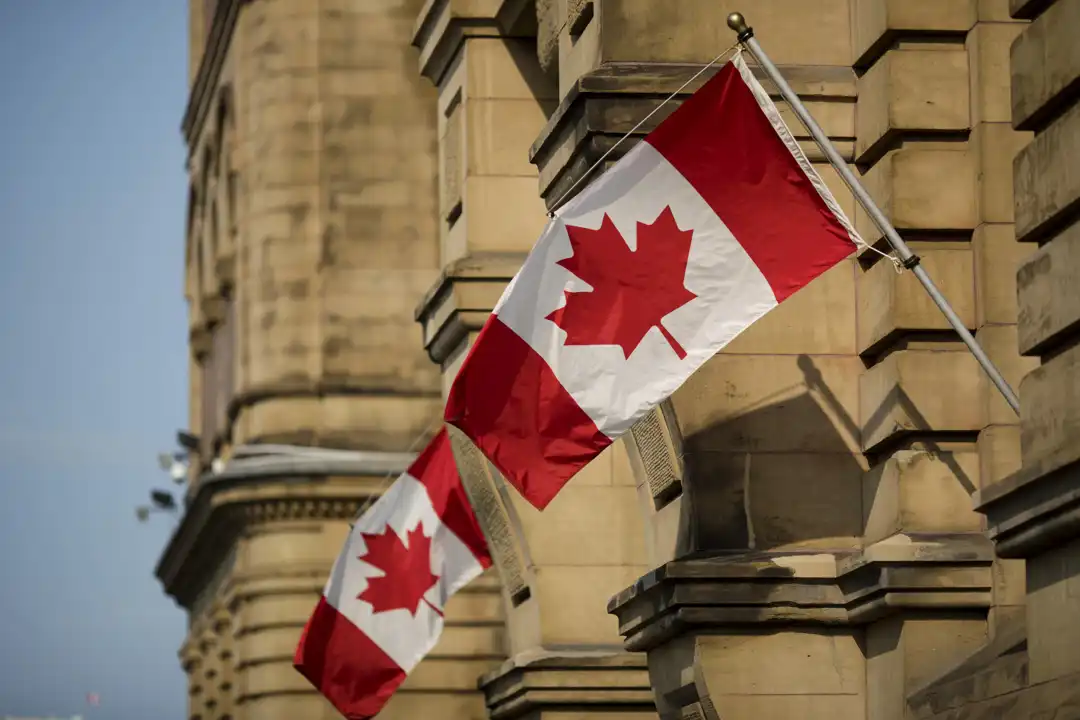
Natural Wonders and Scenic Landscapes
1. The Rocky Mountains
The Rockies are Canada’s proudest treasure. Within them sits Banff and Jasper, two destinations that will awe you and fill you with excitement.
Think epic mountains, ice-cold glacier lakes, and potential bear and moose sightings.
It’s wild, yet calm — and that contrast entices people to hike, ski, and hot spring here.
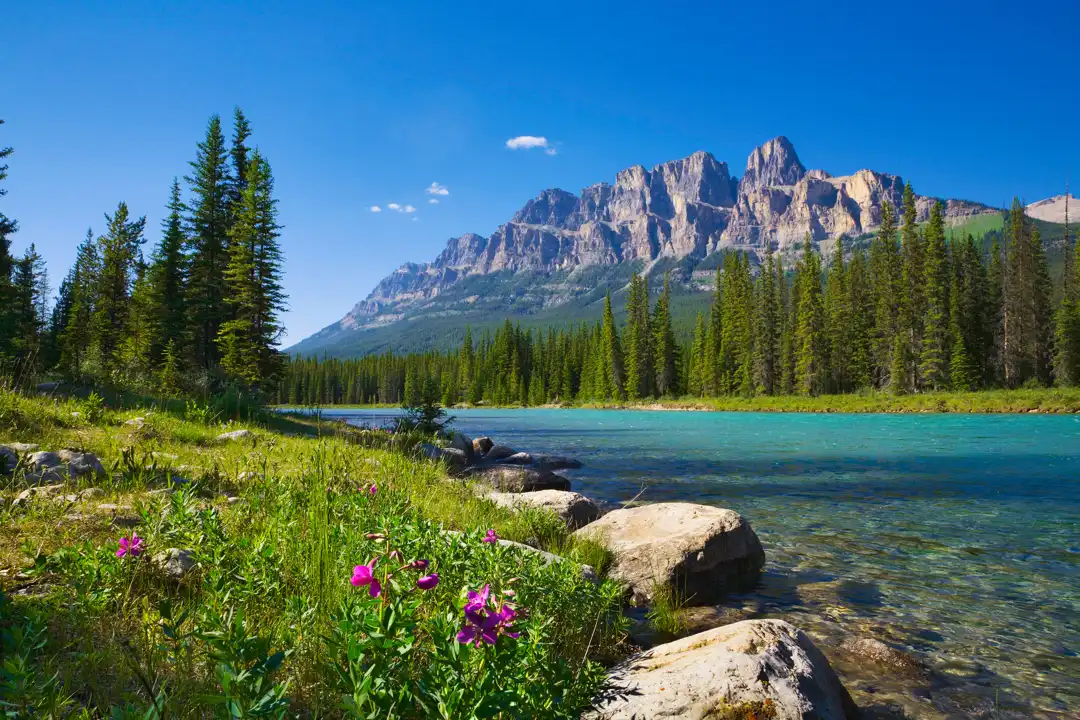
2. Niagara Falls
Niagara Falls is among the world’s most famous waterfalls. And for good reason. To stare at these roaring falls is to be humbled.
The raw power. The mist. It’s pretty mesmerizing and attracts millions of visitors each year — and they are never disappointed by this wonder of the world (whether they’re viewing from above or getting wet from below!).
3. The Northern Lights
Seeing the Northern Lights in Canada is a surreal experience. The best places to see these bright auroras are the Yukon and the Northwest Territories.
Picture New Year’s Eve-style party streamers colored emerald-green and purple, swirling and lighting up the night.
It’s a spiritual experience, connecting you with the mystical energy of the natural world.
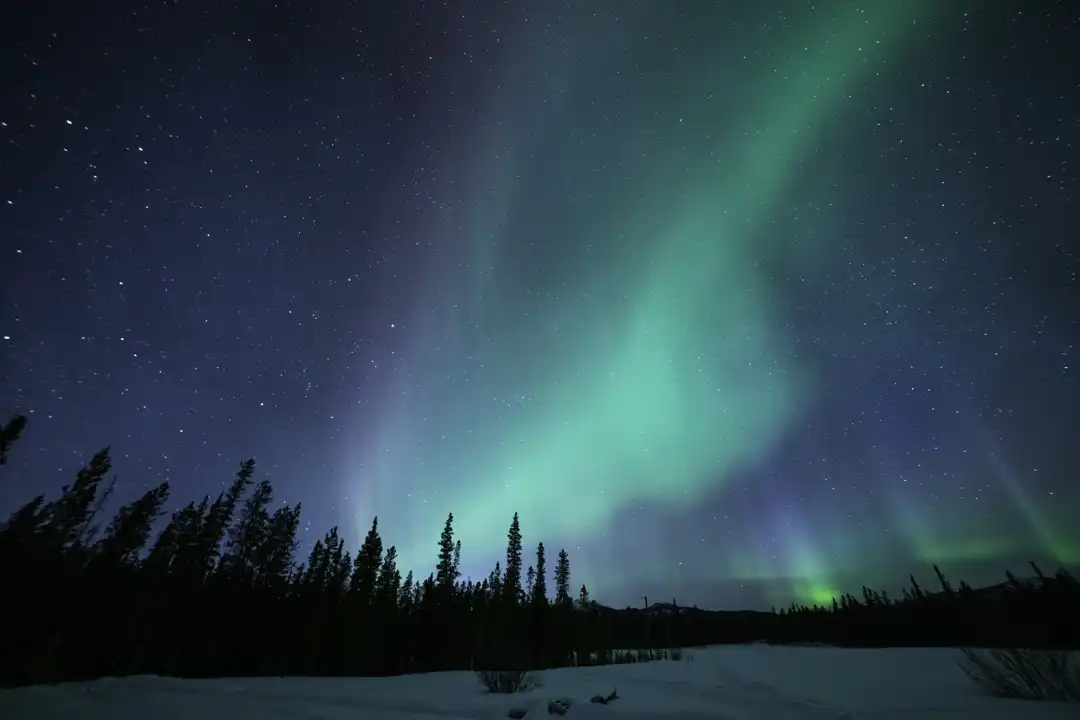
4. Lakes and Forests
Canada has more lakes than any other country. This means unlimited options for adventure and serenity.
Spend your days paddling across crystal-clear lakes, hiking through thick untouched forests.
It is all so peaceful and calming and allows you to really take in this country’s unspoiled beauty.
5. National Parks
Home to more than 40 national parks, Canada provides endless opportunities for outdoor activities.
Whether you’re looking for self-isolation, scenic views, or a wildlife-spotting adventure, the Canadian park system has got you covered.
From the west coast wonder of Pacific Rim to the remote wilderness of Kluane, there’s a park for everyone. It’s an impressive dedication to conservation.
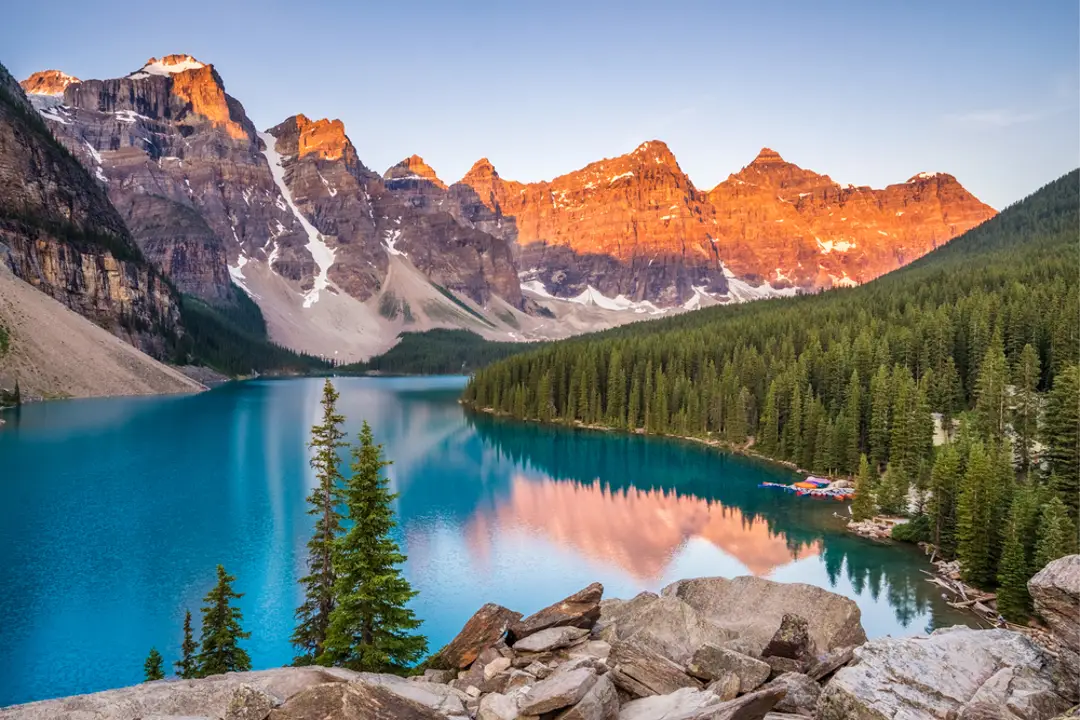
6. The Canadian Prairies
The Canadian Prairies have been compared to a sky that never ends and fields made of gold. Alberta, Saskatchewan, and Manitoba are home to wide, open spaces that just beg to be explored.
Picture the sun setting behind a horizon that goes on for miles, transforming the sky into a patchwork of orange and pink.
It’s a lot of peace and quiet — and beauty — that can be pretty addictive.
Unique Canadian Culture
7. Politeness and Courtesy
Canada is famously known for the politeness and courtesy of its people, often attributed to cultural values of respect and diversity.
Canadians frequently use "please," "thank you," and "sorry," reflecting a focus on harmonious interactions and conflict avoidance.
This friendly demeanor extends to everyday encounters and the hospitality industry, where ensuring a welcoming experience for all is paramount.
Such consistent displays of kindness and consideration add to Canada's reputation as a genuinely friendly and courteous nation.

8. Multicultural Society
Canada is a mosaic of cultures where each piece is cherished and, when put together, creates an incredibly beautiful picture.
In cities such as Toronto and Vancouver, the cultural landscape is rich with influences from all over the world.
And it’s not just seeing them side by side either; it’s how well these cultures work together.
Canada embraces its diversity and it shows – in cuisine, in annual festivals, and in everything else.
9. The Maple Leaf Symbol
The maple leaf isn’t just an icon on the Canadian flag: it’s a national icon.
This unassuming but powerful little symbol stands for unity, acceptance, and Canada’s breathtaking natural scenery.
You will find it on anything and everything in Canada, from money to all the kitschy souvenir stores.
With such strong ties to the country and its past, it’s probably the most recognizable symbol of what it is to be Canadian.
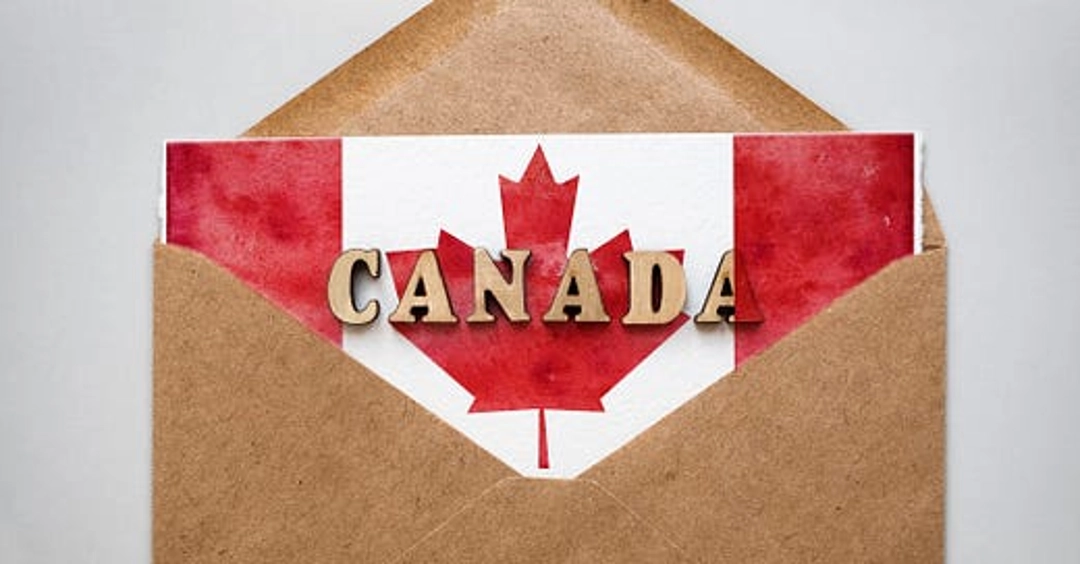
10. Bilingual Heritage
Being bilingual (French and English) is one of Canada’s charms. Quebec is the most French, but all provinces are required to offer both languages.
It isn’t just about being able to communicate, it’s a symbol of the history of the country and how it’s come to accept a minority language.
Whether you’re wandering around Quebec City or just forcing yourself to use some “Bonjour” and “Merci”, the experience of this bilingual country is really a rewarding one.
11. Indigenous Cultures
Indigenous culture in Canada is alive and hundreds of years old.
The customs of First Nations, Inuit, and Métis people are an incredible glimpse into a wide and varied heritage.
Everything from art and music to sacred rituals will touch their legacy in today’s Canada.
Indigenous experiences are one of things I recommend most when visiting Canada.
Whether it’s simply visiting a cultural center or having a local experience, it will change your entire perspective on the country.
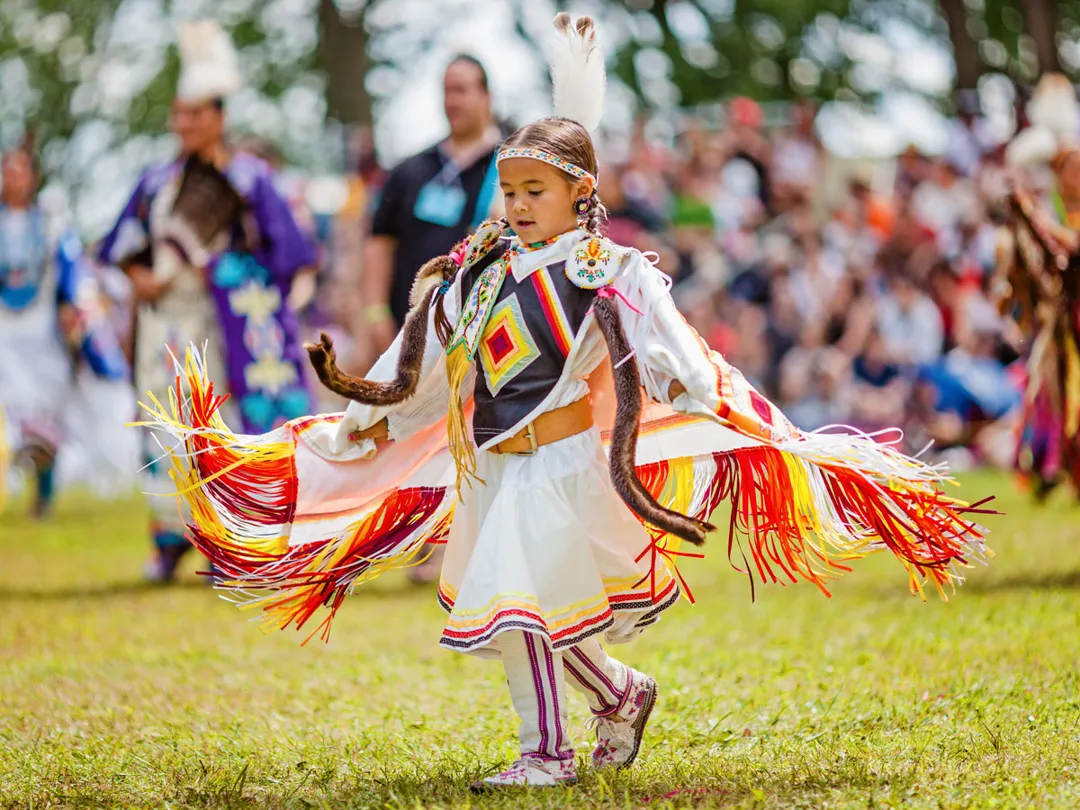
12. The Mounties (RCMP)
The Royal Canadian Mounted Police (RCMP), the Mounties as they are colloquially known, are a Canadian icon. With their red serge uniforms and horses, they are not merely the police — they are a symbol of the country and its history.
You’ll see them in parades and at civic events, bridging the gap between a modern world and the past. They are a testament to Canadas’ commitment to peace and serving the welfare of its citizens.
Canadian Cuisine and Iconic Foods
13. Maple Syrup
Maple syrup is a defining staple of Canadian cuisine, with over 70% of the world's supply produced in Canada, primarily in Quebec.
This natural sweetener, derived from sugar maple sap, is cherished for its rich flavor and versatility.
Used in everything from pancakes to glazes, maple syrup is both a culinary favorite and a symbol of Canadian heritage, celebrated at festivals across the country.

14. Poutine
Poutine is the ultimate comfort food. French fries, cheese curds, and brown gravy.
It’s a dish that’s so quintessentially Canadian. It just warms you (and fills you) up. Poutine originates from Québec, but now it can be found all over Canada, from your typical greasy spoon to high-end restaurants.
It’s something you simply have to try when you’re getting to know Canadian food culture.
15. Lobster Rolls
Lobster rolls are probably the most “famous” Atlantic Canadian food.
Fresh-cooked lobster chunks are lightly coated in mayonnaise and piled into a toasted roll. They’re simple and delicious and remind you that you’re at the sea.
The entire East Coast of Canada, especially Nova Scotia, has a reputation for amazing seafood, but the lobster roll is a salivating basic food that encapsulates the bounty of this region.
You’d be committing a crime if you didn’t have one while staring out at the ocean.
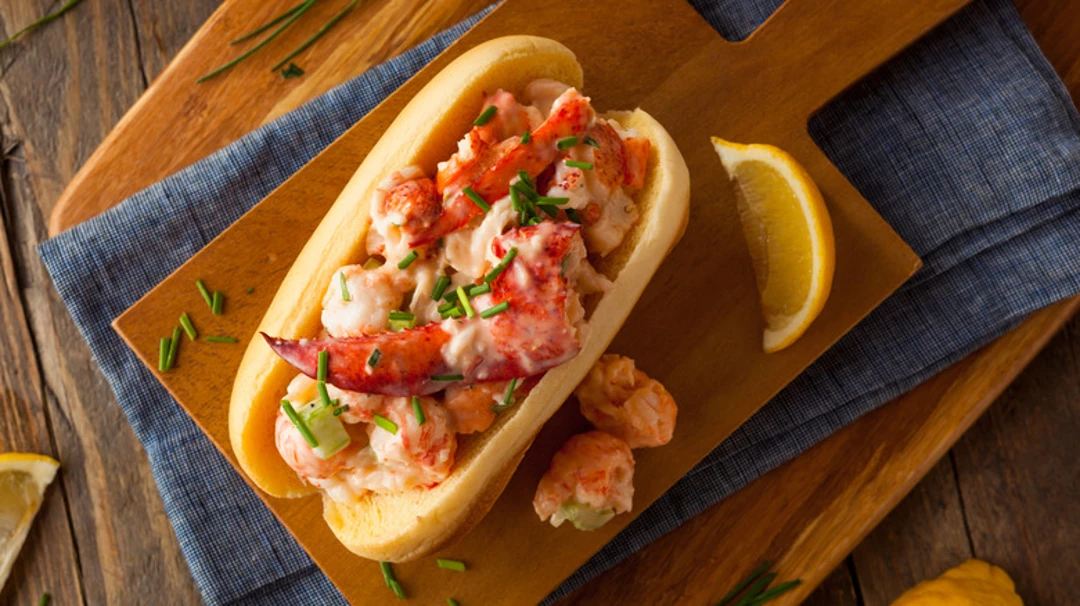
16. Ice Wine
Ice wine is the pride of Canada’s wine regions, especially in the Niagara Peninsula.
The sweet wine is produced from grapes that have been frozen before they are harvested, producing a rich, concentrated taste that is like drinking a glass of dessert.
Canada is one of the few countries in the world that can produce it, so if you’re ever visiting a winery here, indulge in a glass. It’s a great way to toast any occasion, no matter how large or small!
17. Butter Tarts
Butter tarts are probably Canada’s most iconic dessert. They consist of a flaky crust that surrounds a gooey, brown sugar filling.
They have been around forever and are a crowd-favorite dessert at holiday meals and road trip rest stops.
Whether you prefer them with raisins or pecans, their wonderfully simple flavor is the definition of “homemade comfort.”
When you stumble upon a bakery in any town that sells them, it is like discovering Canada on a plate.
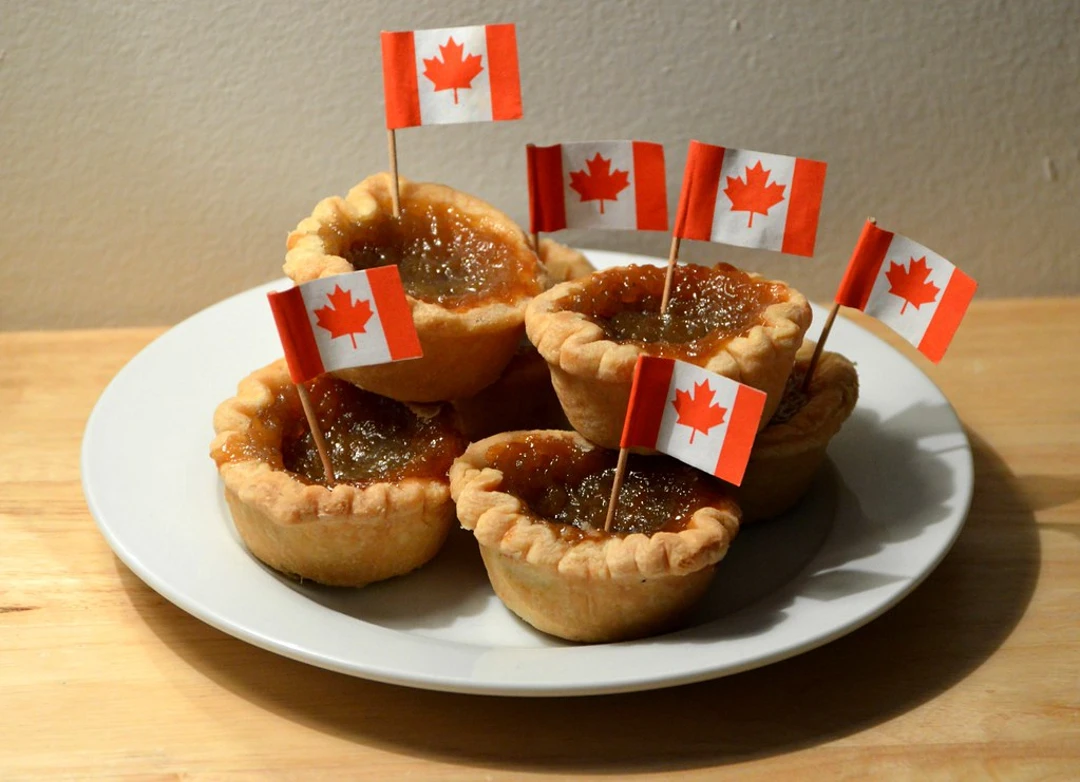
18. Smoked Meat Sandwiches
Smoked meat sandwiches are synonymous with Canadian cuisine and Schwartz’s Deli in Montréal is the most famous place to get one.
Piles of spiced, tender brisket come served on rye bread, offering a truly delicious culinary experience for your palate.
The tradition of smoking meat and making these sandwiches is a cultural tradition that highlights the rich and bold flavors of the country.
It’s a tasty part of the culinary heritage that every foodie will enjoy.
World-Class Cities
19. Toronto
Canada’s biggest city is brimming with energy and excitement.
The CN Tower looms on its iconic skyline, laying the foundation for an arts and culture scene as well as a foodie scene where variety is the main ingredient.
Walk around and you’ll stumble across its ethnic enclaves that speak to the city’s diversity, from the markets of Chinatown to the stylish boutiques of Yorksville.
From touring the Royal Ontario Museum to seeing a show in town, you’ll never be without something to do in Toronto.
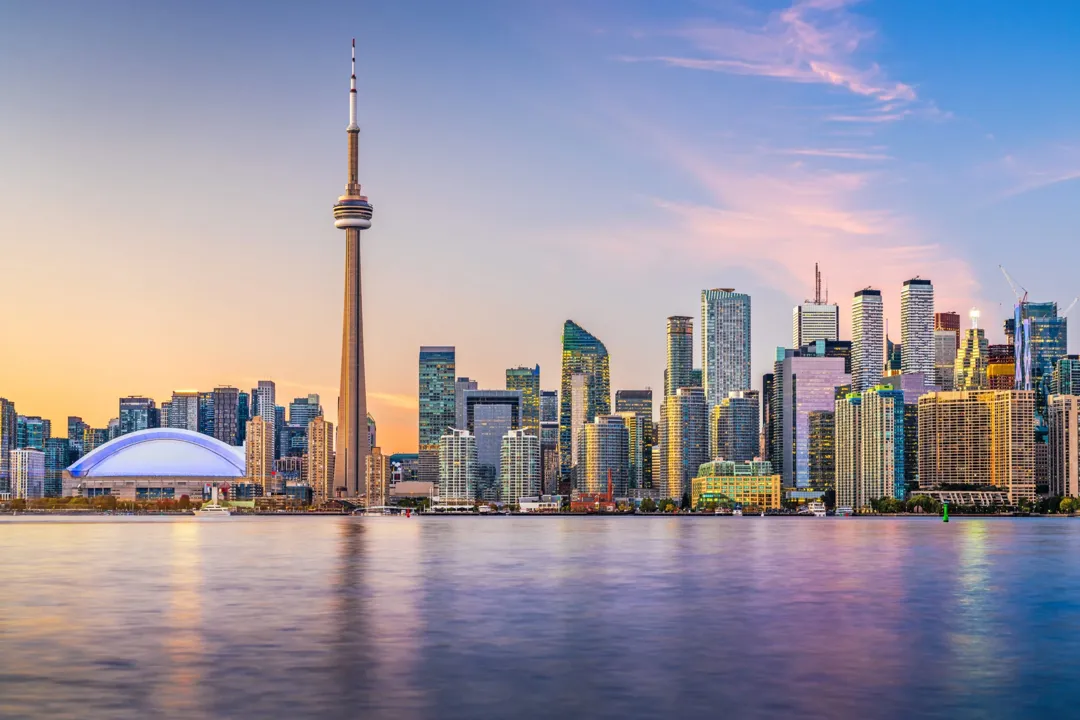
20. Vancouver
Nestled in between mountains and the sea, Vancouver is where the perfect blend of natural wonder and cosmopolitan enjoyment meet.
The setting, surrounded by Grouse Mountain, is a haven for outdoor and sport enthusiasts eager to hit the slopes or hike the trails.
Its lush greenery in Stanley Park, the historic streets of Gastown, the eclectic neighborhood vibes — they all provide an individual piece of Vancouver’s rich tapestry.
And don’t miss the delectable culinary creations, thanks to an ethnically diverse city that eats as beautifully as it sunsets.
21. Montréal
Montreal mixes the best of French heritage with a charming, urban livability and is a wonderful combination of bygone elegance and contemporary action.
It’s a festival city par excellence, and if you’re into music, film, or comedy, this is the leisure city for you!
The old cobbled streets of Old Montreal have been preserved and the energy of the city’s neighborhoods is simply remarkable, with art and creativity housed everywhere.
Don’t leave without trying the city’s famous bagels ( the best in North America ) or the world famous poutine. Montreal is just one big, wonderful canvas of creativity.
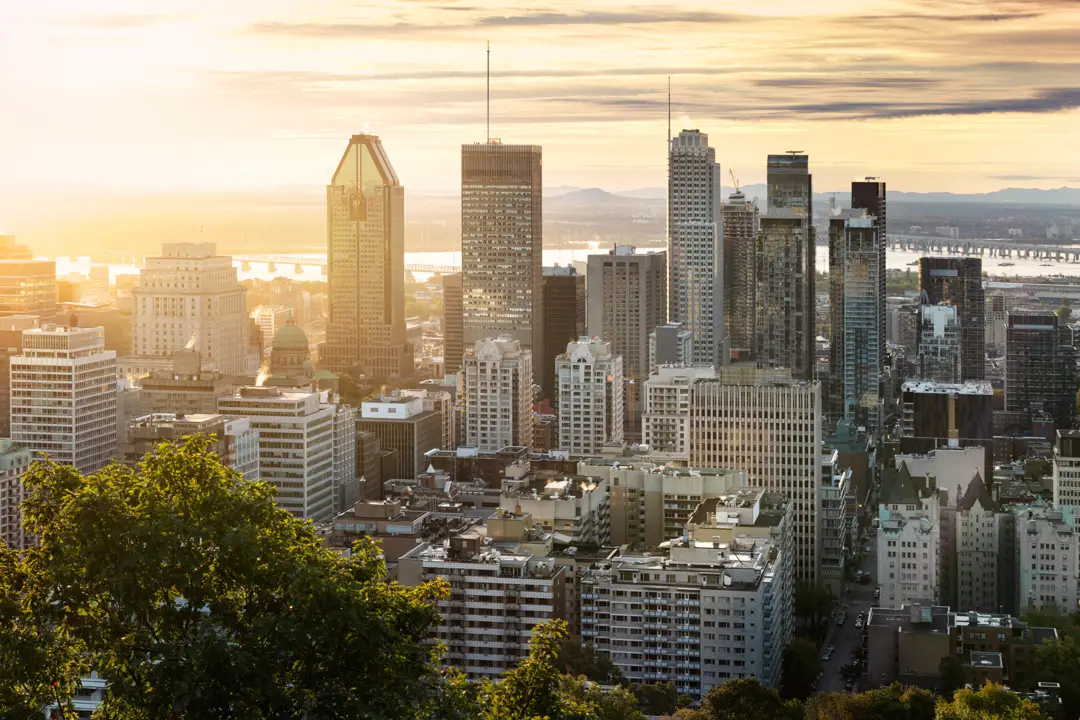
22. Québec City
When you visit Québec City it’s hard to believe you’re still in North America. From the centuries-old buildings to the quaint cobblestone streets to the always popular and historic Château Frontenac, the city is a window into Canada’s French past.
Walk the narrow streets of Petit-Champlain, shop in the boutiques, and enjoy the art all around the city. And during winter, with the Winter Carnival and snowy wonderland, it’s a magical place to be.
It’s a city of history and charm that exudes charm all year round.
23. Ottawa
Ottawa, the capital of Canada, is a city that bridges the divide between history and modernity.
From Parliament Hill in the midst of the city, to the stunning architecture and national monuments littered across it, Ottawa is really impressive.
Learn about Canada at the Canadian Museum of History, enjoy the arts scene, relax along the canal or in a park, and maybe even do some skating in winter. It’s a hub for nature and culture in Canada.
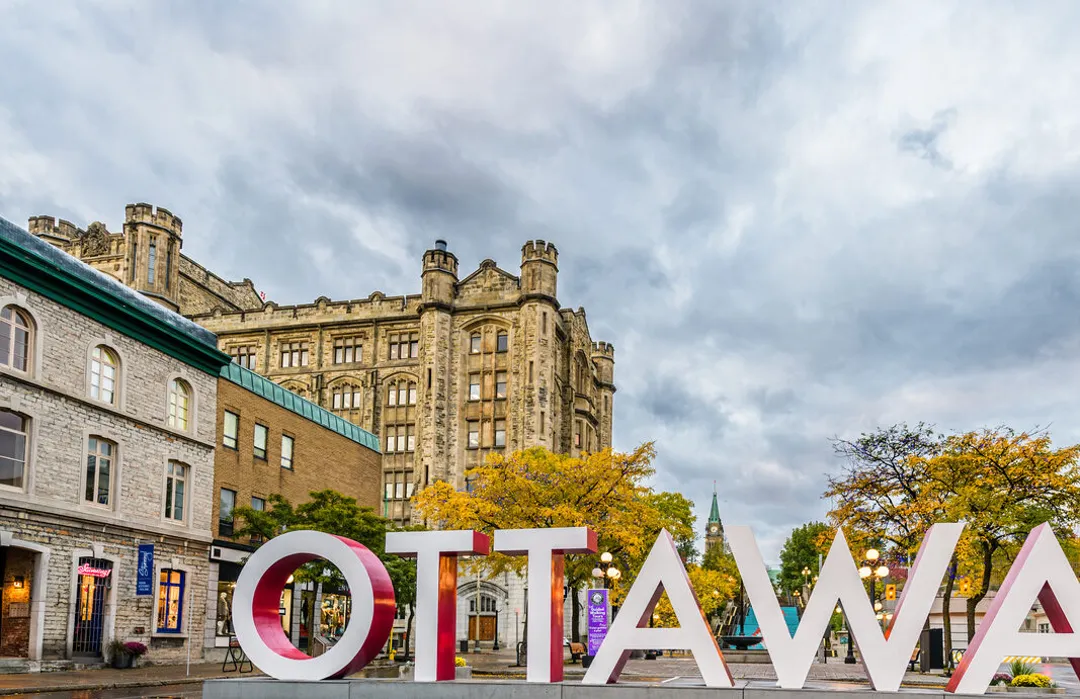
24. Halifax and the Maritimes
Halifax. It’s the gateway to the Maritimes. Do not skip it. Friendly, warm, and with a well-deserved reputation for its maritime hospitality, the city on the East Coast fuses history with the sea — a nautical aesthetic, gobs of waterfront, and the 18th-century Citadel Hill.
Travel outside Halifax to explore Nova Scotia’s lush landscapes, Cape Breton’s wild coast, or Prince Edward Island’s small towns. Every Maritimes province has its own tale to tell and its own slice of the Atlantic to offer.
Outdoor Adventures and Sports
25. Skiing
A skier’s dream, Whistler Blackcomb is the largest ski resort in Canada. Its fabled powder and massive ski runs make it incredibly popular with snow sports enthusiasts.
Since it was a site of the Winter Olympics, Whistler provides an exciting experience for everyone from experts to novices.
On a pair of skis, as you glide down the slopes through wild and majestic alpine landscapes, you’ll see why it makes the world’s top resort lists.
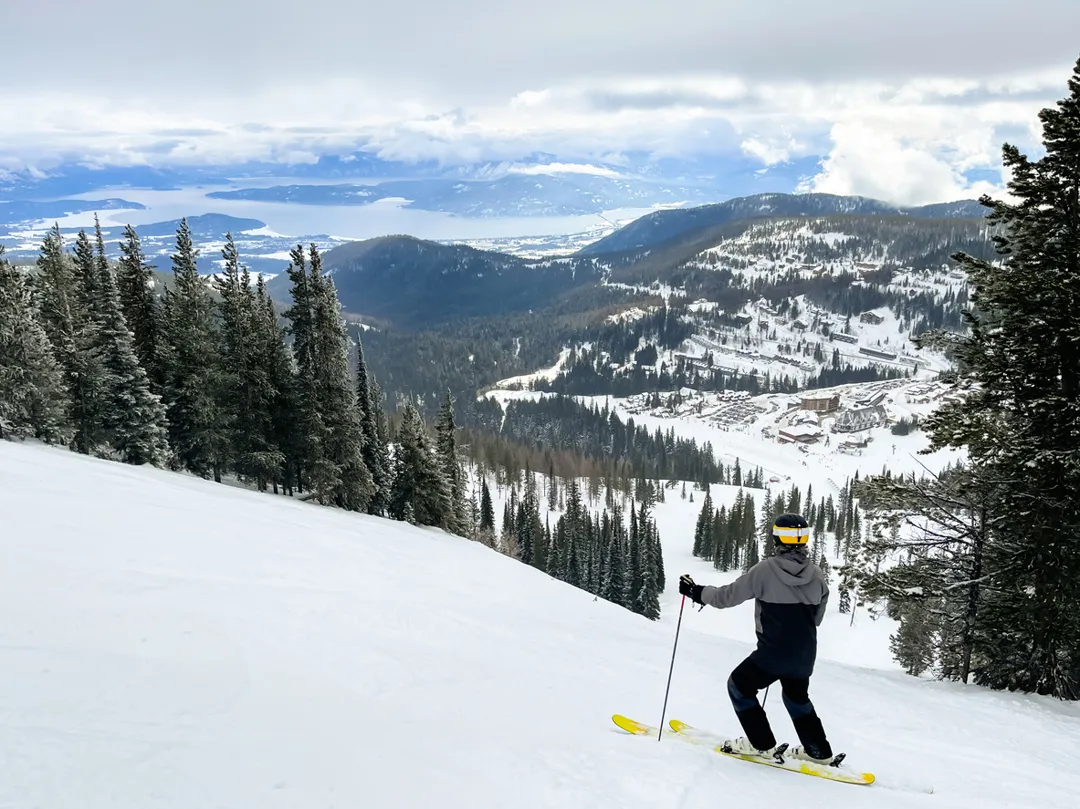
26. Outdoor Pond Hockey in Winter
In Canada, pond hockey is more than just a sport; it’s a wonderful pastime that unites people.
Be it the casual matchup on a frozen pond or someone’s backyard ice rink, the sweet sound of blades cutting across the ice is wonderful to the ears.
This popular winter activity can be found nationwide but is particularly adored in rural communities.
It’s a quintessential and heartwarming part of Canada, with laughter and shouts echoing in the chilly air.
27. Canoeing
Now, picture yourself on a canoe trip, gliding silently through the calm mirror-like water of one of the lakes in the tranquil wilderness of Ontario’s Algonquin Park.
No doubt, this park is best known as the “birthplace” of recreational canoeing in Canada. It is the ideal place to escape the hustle and bustle and simply relax.
Canoeing at Algonquin Park allows you to feel “one” with nature and you just might see a moose or a loon while you are paddling through the wilderness in solitude.
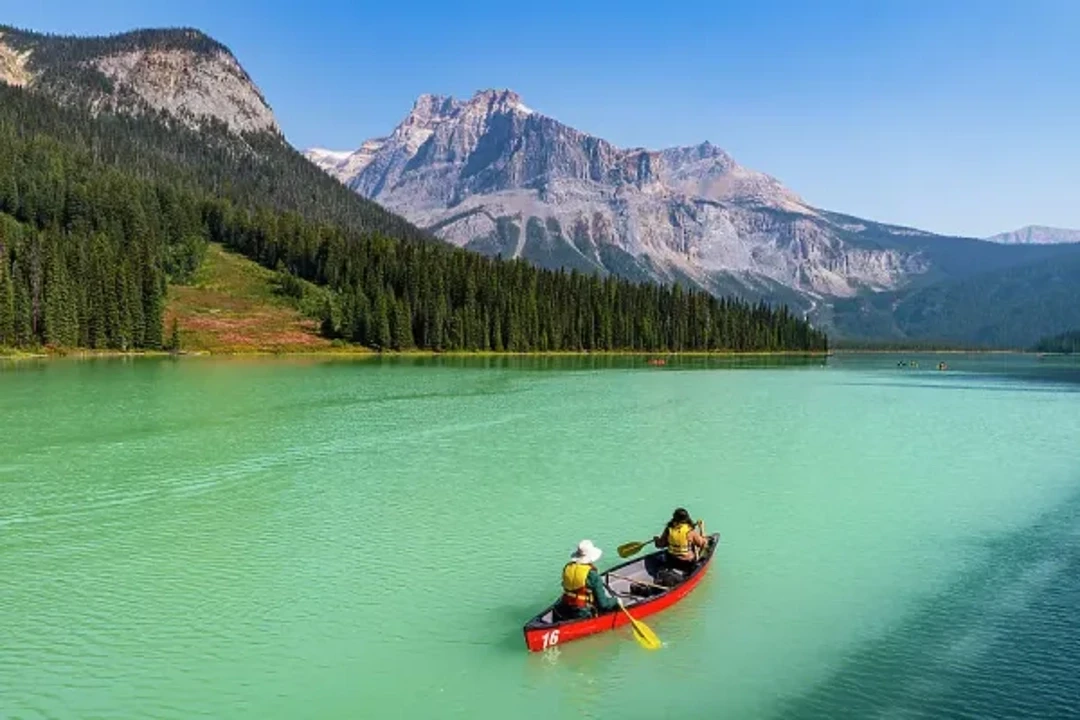
28. Hockey Culture
Hockey is not a sport in Canada. It’s an obsession. It’s something the entire country is proud (though sometimes ashamed) of, and if you want to experience the national spirit at its best, a game is a must.
The energy in the arena is incredible, and the pace/skill of the game is exhilarating.
And, no matter where you are, you can almost always find a pick-up game to play or watch.
29. Polar Bear Viewing
Churchill in Manitoba isn’t just known for its tundra—it’s the polar bear capital of the world.
In autumn, these beautiful animals congregate along the shore of Hudson Bay (the best place to see them), allowing you an opportunity to observe them in the wild (via a special tour, of course).
There are only a couple of places in the world to see this, and this is the best. Don’t miss it.

30. Whale Watching
When the St. Lawrence River meets the Saguenay River at Tadoussac, you’ll find one of the best whale-watching experiences in the whole world.
Its waters are practically a whale magnet, and you’re likely to see tiny belugas and giant humpbacks.
Seeing a whale breaching in the wild is a special experience, and it will make your adventure tour that much more exciting. It’s not to be missed!
Festivals and Celebrations
31. Canada Day (July 1st)
Canada Day is like the biggest national birthday party in the world.
On July 1st, the entire country breaks out in fireworks, parades, and outbursts of red and white.
The streets are packed with people, maple leaf flags, and everyone coming together to celebrate.
It’s a day to enjoy Canada’s community spirit, and for newcomers to see what it truly means to be Canadian.
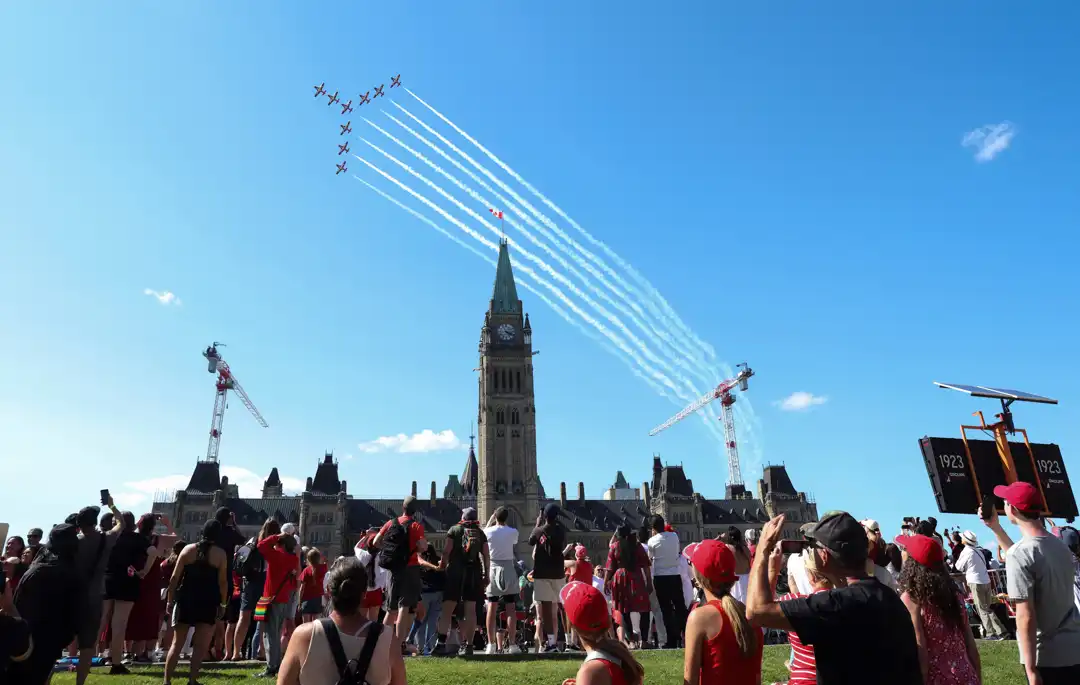
32. Québec Winter Carnival
The Québec Winter Carnival is a winter wonderland. It’s one of the world’s biggest winter festivals and people come from all over to see the snow sculptures and ice palaces and participate in the parades.
It feels like you’re wandering around in a winter wonderland, where the cold simply gives the place ambiance.
It’s such a nice mix of fun and culture and it just warms your heart in the middle of winter.
33. Calgary Stampede
The Calgary Stampede is part rodeo, part county fair, and all cowboy.
Entitled “The Greatest Outdoor Show on Earth,” this 10-day festival held every July turns the city into one big Wild West party.
Expect heart-pounding rodeos, chuckwagon derbies, and live music performances. Guests dress in Western wear, and yes, there is free pancake breakfast every single frickin’ morning!
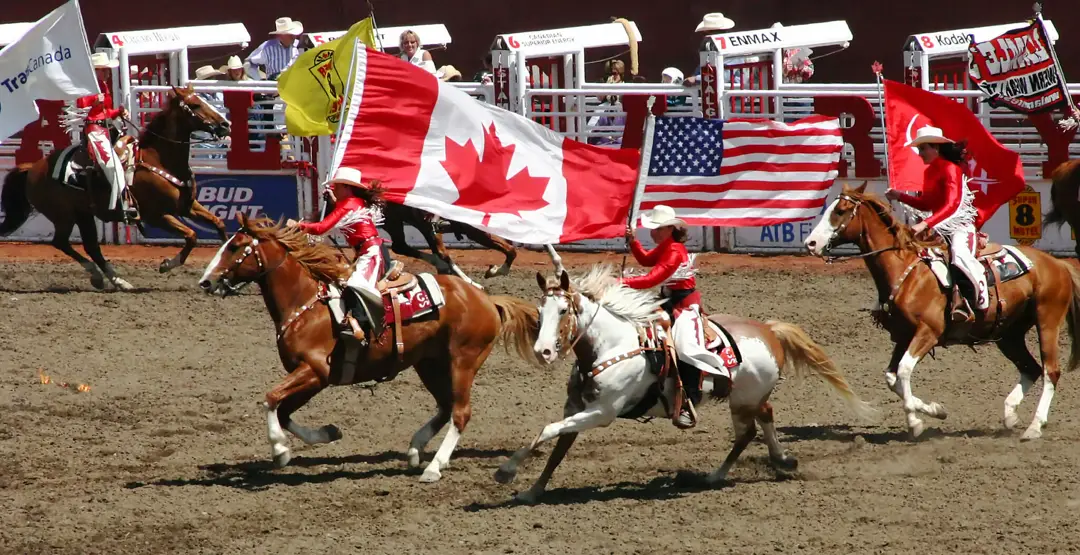
34. Montréal International Jazz Festival
Imagine a city where you hear music everywhere you go — that’s the Montréal International Jazz Festival.
This is one of the biggest summer festivals in the world, drawing more than 2 million people to the city, and it attracts acts from all genres, not just jazz.
There are lots of free shows, and it’s a fun and lively celebration of music, with the whole city coming together in harmony.
35. Caribana
Caribana(recently renamed Toronto Caribbean Carnival) is a vibrant celebration of music, dance, and dazzling outfits.
With the distinction of being North America’s biggest Caribbean festival, it makes Toronto feel like a tropical getaway every summer.
Colorful parade floats blast energetic tunes as dancers in extravagant costumes line the streets, spreading a sense of jubilation that entices more than a million spectators to come partake in the festive events.
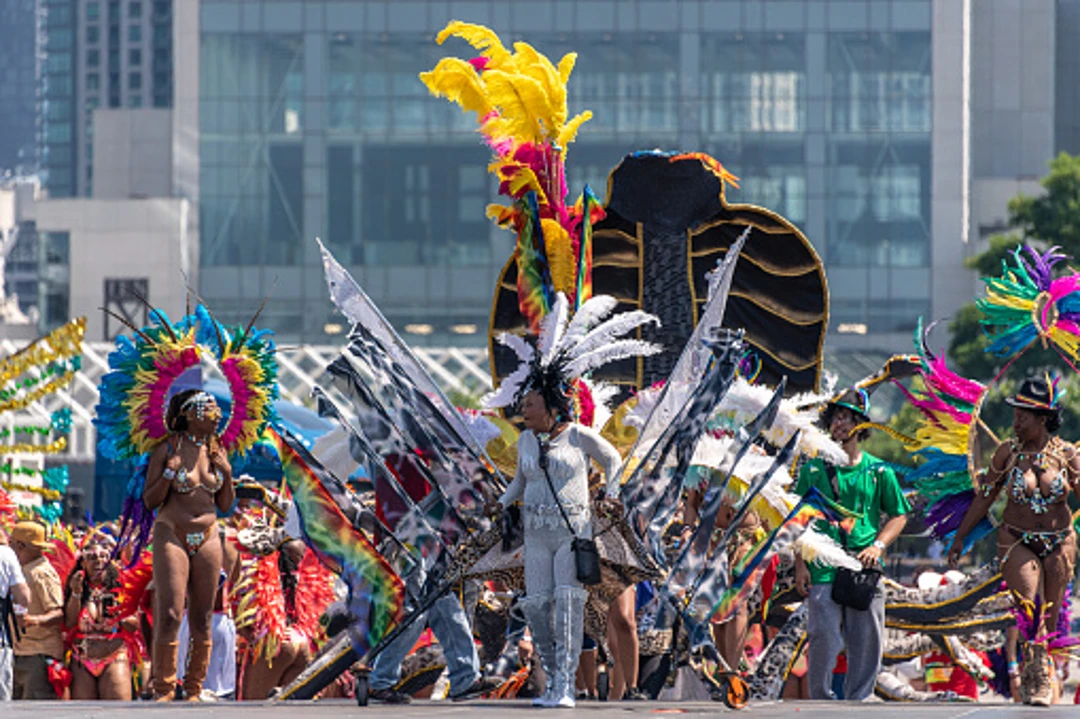
Travel Tips
Pack Layers. Weather in Canada is unpredictable, so dress in layers for easy changes in temperature. A rain jacket is essential!”
National Park Pass. If you visit a few parks, the Parks Canada Discovery Pass might be worth it. Either way, the national parks are not to be missed!
Learn Basic French. If you’re headed to Quebec or eastern Canada, it always helps to know a little French for an easier time.
Plan for Wildlife. Find out what to do in the event of a wildlife encounter. Knowing how to handle seeing a bear or moose is essential.
Use Public Transit. In cities such as Toronto and Vancouver, public transport is reliable and affordable.
Tipping Norms. In Canada, you should tip 15-20%. It is considered standard.
Respect Nature. Canada’s wilderness is unspoiled; maintain its wildness by following the “Leave No Trace” principles.
Be Bear Aware. If you go hiking, be sure you’re knowledgeable about bears and bring bear spray where it’s recommended.
FAQ
1. Is Canada expensive to travel?
It can be, but there are budget-friendly options like hostels and local eateries to keep costs down.
2. How safe is Canada for travelers?
Canada is generally very safe, but like anywhere, staying aware and cautious is advised.
3. Are Canadian winters too harsh for travel?
They can be cold, but proper clothing and preparation can make winter travel enjoyable.
4. Can I drive with my home country license?
Visitors can generally use their foreign license for a few months; check specific provincial regulations.
5. Is tipping expected in Canada?
Yes, in most services like restaurants, taxis, and tours, between 15-20%.
Conclusion
As you’ve seen, Canada is not just one thing—it’s a mix of wild beauty, warm people, rich culture, and everyday moments that leave a lasting impression.
No matter it’s your first visit or your tenth, Canada has a way of surprising you with something new every time.
These 35 charms are just the beginning—go experience them for yourself, and you’ll quickly see why so many fall in love with the Great White North.
